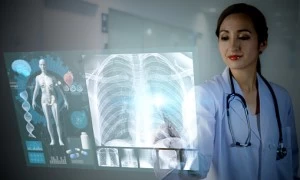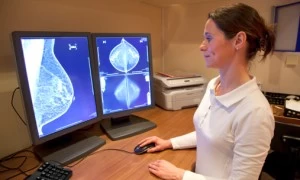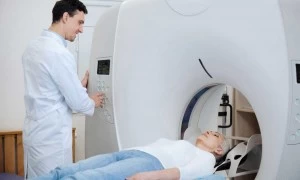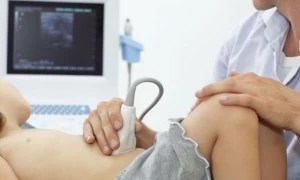Hemorrhagic Stroke
ProceduresWhat is a hemorrhagic stroke?
Hemorrhagic stroke accounts for 13 percent of stroke cases overall. A hemorrhagic stroke occurs due to a ruptured blood vessel. This may occur within the brain tissue itself (intraparenchymal) or into the fluid space around the brain (subarachnoid). The latter type of stroke is typically caused by a ruptured aneurysm.
What are the symptoms of a hemorrhagic stroke?
Symptoms of a hemorrhagic stroke can vary from person to person, but they’re almost always present immediately after the stroke occurs.
Symptoms may include:
- Loss of consciousness
- Nausea
- Vomiting
- Sudden and severe headache
- Weakness or numbness in the face, leg, or arm on one side of the body
- Seizures
- Dizziness
- Loss of balance
- Speech or swallowing difficulty
- Confusion or disorientation
How is a hemorrhagic stroke diagnosed?
Hemorrhagic stroke is typically first diagnosed with a head CT. Vascular imaging is then performed to assess for a structural arterial lesion as the source of bleeding.
How is hemorrhagic stroke treated?
Patients with hemorrhagic stroke are treated emergently in a variety of ways depending on the cause and severity of the bleeding. A variety of surgical and medical strategies are used to limit further damage to the brain and optimize the chances of recovery.

















































































